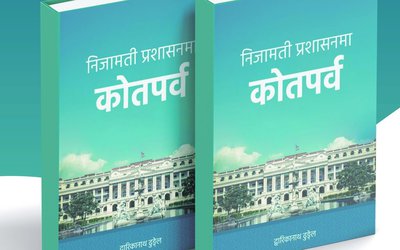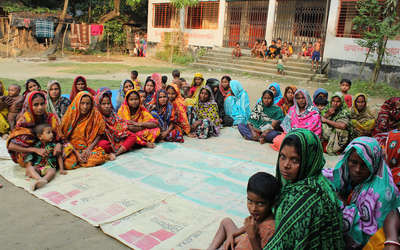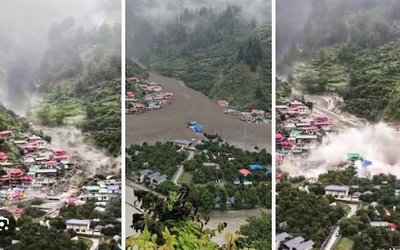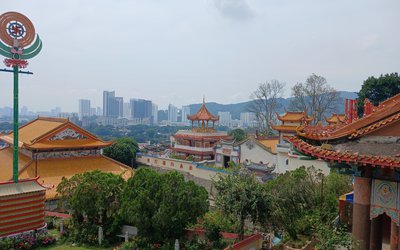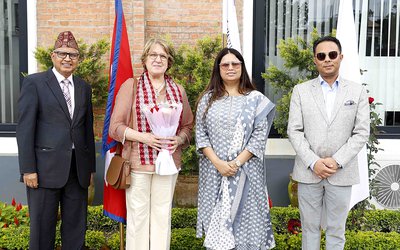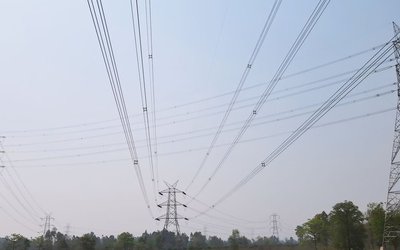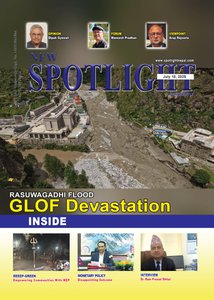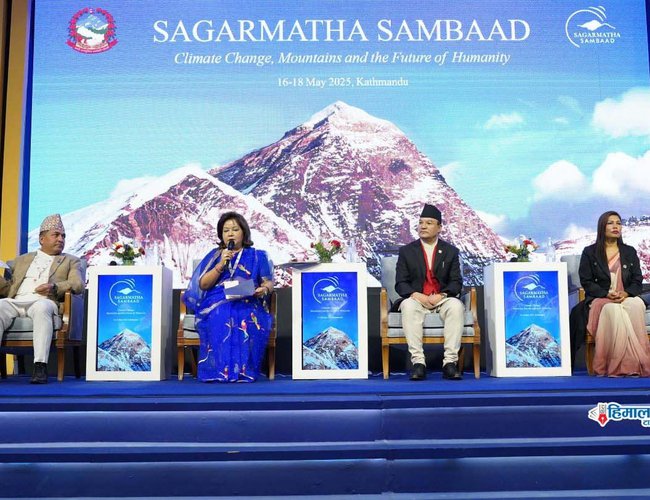
In May 2025, Nepal convened the first ever Sagarmatha Sambaad, a global dialogue named after Mount Everest (Sagarmatha). Over three days in Kathmandu, more than 300 participants, from ministers and scientists to youth activists grappled with the theme “Climate Change, Mountains and the Future of Humanity.” The gathering culminated in a sweeping 25 point “Sagarmatha Call for Action,” an urgent declaration calling on the world to confront the climate crisis with a special focus on safeguarding mountain ecosystems. The 25-point Call for Action is broad in scope and ambitious in spirit, covering everything from cutting greenhouse emissions to empowering the smallest mountain communities. At its core, the Call for Action reaffirms global climate goals, underscoring the urgency of limiting warming to 1.5°C and implementing the Paris Agreement. The Call for Action doesn’t stop at mitigation, it also pushes hard on adaptation, encouraging all countries implement robust National Adaptation Plans.
One of the most crucial themes running through the 25 points is the emphasis on climate justice and support for vulnerable nations. Nepal and other mountain countries contribute only a minuscule fraction of global emissions, yet we are among those affected the most by climate change. The Sagarmatha Call voices a collective plea that richer, high-emitting countries recognize this imbalance and step up to assist. It calls for increased international climate finance, with a special stress on grants and easy, concessional funding for developing countries. There’s an insistence on making access to these funds simpler and fairer not having to jump through endless hoops for a small adaptation grant. The declaration floats a new idea: establishing a dedicated climate fund for mountain countries. This proposal acknowledges that mountain regions from the Himalayas to the Andes, have unique challenges that might not be fully addressed by existing global funds. A targeted mountain fund could channel money into projects like glacier monitoring, high-altitude farming adaptation, or mountain ecotourism, which often struggle for attention in mainstream climate finance.
The plan links climate action with sustainable development. It acknowledges the importance of green, resilient, and inclusive development, from rural villages to big cities. It stresses transitioning to clean energy and boosting energy efficiency as part of a just energy transition that leaves no one behind. By championing “green, circular and bio-economies” alongside renewables, the Call for Action positions climate solutions as an opportunity to reinvent economies in mountain areas and beyond. There is also a forward-looking push for innovation and knowledge sharing. The declaration promotes science-based solutions to protect glaciers, forests, and farms from climate impacts. It emphasizes strengthening climate data systems, sharing information, and setting up early warning systems for disasters tailored to developing countries’ needs. Notably, it calls for linking mountain and ocean monitoring, recognizing that what happens in the Himalayas can trigger effects as far away as coastal areas. This integrated vision shows an ambition to connect the dots across ecosystems. The agenda even delves into less publicized issues like the “triple planetary crisis”, climate change, biodiversity loss, and pollution and short-lived climate that especially threaten regional climates and public health.
Essentially, the heart of the Sagarmatha Call is its insistence on climate justice and inclusive action. It urges that all climate solutions be fair and evidence-based for developing countries that did least to cause the problem. It advocates “intra- and inter-generational equity,” calling for the active participation of youth, women, indigenous peoples, persons with disabilities, and the elderly in climate action. In other words, the people most affected must have a say in crafting solutions. The text explicitly recognizes the role of local and indigenous communities in adaptation and conservation efforts, reflecting respect for traditional knowledge alongside science. By making space for marginalized voices from Sherpa communities in the Himalayas to youth climate activists, the agenda aspires to a truly inclusive movement.
For all its lofty ideals, the Sagarmatha Call for Action also faces a steep climb down in the real world. Even assuming strong goodwill, Nepal itself has limited capacity and resources. As a small developing nation, we cannot single-handedly bankroll a “dedicated mountain fund” or force other countries to raise their climate ambitions. The agenda “urges,” “encourages,” and “calls for” various actions largely outside Nepal’s direct control. For example, the call for richer nations to provide more climate finance and technology support is vital, but this has been an unresolved plea for years in global climate negotiations. While the Sagarmatha Sambaad amplified the ask, it did not come with concrete pledges from those rich countries. Put bluntly, the Sagarmatha Call for Action currently has more rhetoric than reality. It outlines what should happen but not how to make it happen. For instance, it “encourages dialogues” on pressing topics and “calls to initiate” new platforms, but who will carry them out and fund them?
The call to establish a new international platform for mountains is inspiring, but setting up a global initiative usually requires significant political coordination and money. Will Nepal lead that effort through the UN, or form a coalition of mountain countries? It’s unclear. Similarly, the proposal for a mountain-specific climate fund will need champions in global finance circles. Until now, much of the climate finance debate revolves around mechanisms like the Green Climate Fund, which do not earmark money by geography. Without a concrete plan, a timeline or a pledge by a donor, this remains an idea on paper. In the meantime, mountain communities continue to struggle with glacier lake floods and changing weather.
Despite the hurdles, the Sagarmatha Sambaad and its 25-point call carry significant meaning for both Nepal and the international community. For Nepal, hosting this global dialogue was a diplomatic and moral victory. The Sambaad was Nepal standing up to say, “this is unjust and must change”. It allowed Nepal to leverage its unique vantage point to urge stronger global action. This is a notable evolution in Nepal’s foreign policy, which traditionally hasn’t been in the limelight of global agenda setting. Successfully convening delegates from dozens of countries gave Nepal experience in hosting high-level events and amplified its voice on the world stage. The 25-point plan is also a blueprint for Nepal’s own future and aligns closely with Nepal’s development aspirations. If Nepal can implement even a fraction of those 25 points, for instance, expanding renewable energy in remote areas or improving glacial lake monitoring systems, it will directly benefit the people and set an example for other nations.
Sources:
Government of Nepal – Sagarmatha Sambaad 2025: Sagarmatha Call for Action (Official 25-Point Declaration, May 18, 2025)
Ritesh Panthee – “Nepal’s Sagarmatha Sambaad and South Asia’s Climate Future,” The Diplomat (May 28, 2025)
Purushottam Poudel – “Sagarmatha Sambaad ends with urgent call to save the mountains,” The Kathmandu Post (May 19, 2025)
Centre for Social Inclusion and Federalism (CESIF Nepal) – “Nepal’s Sagarmatha Sambaad Was a Diplomatic Moment – But Did We Miss a Bigger Opportunity?” (May 2025 analysis)
Gauchan is a Student of Dickinson College, Pennsylvania, USA
